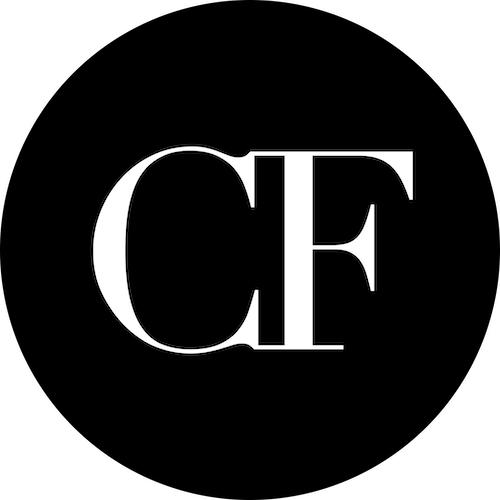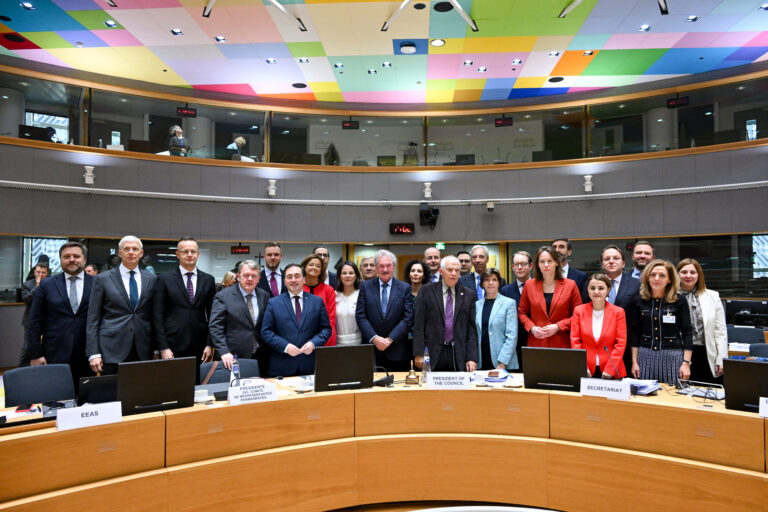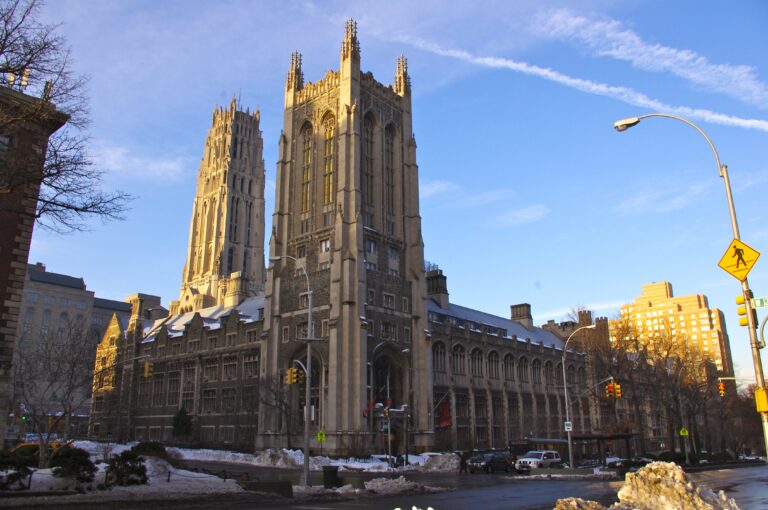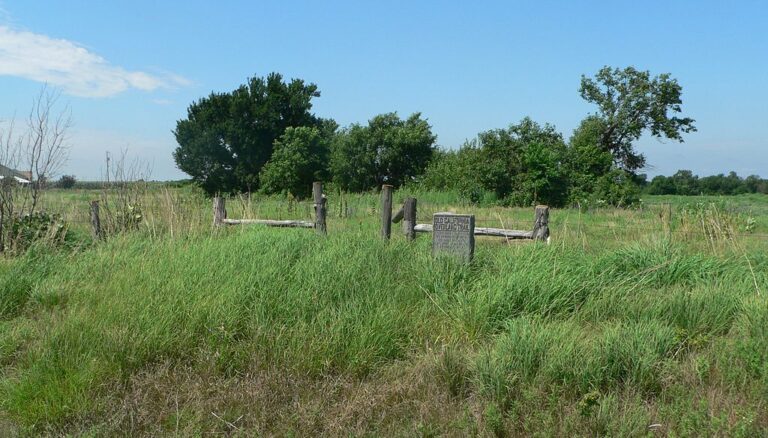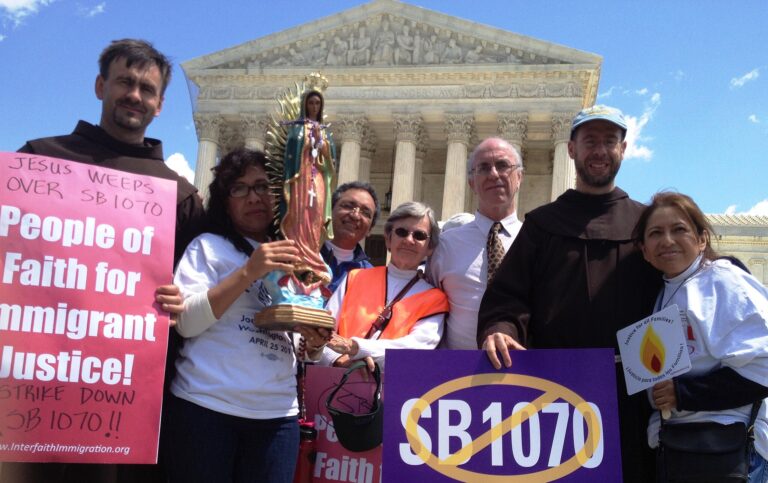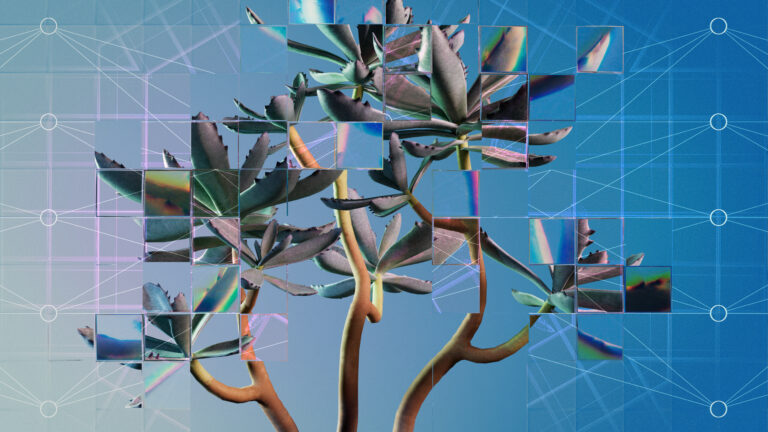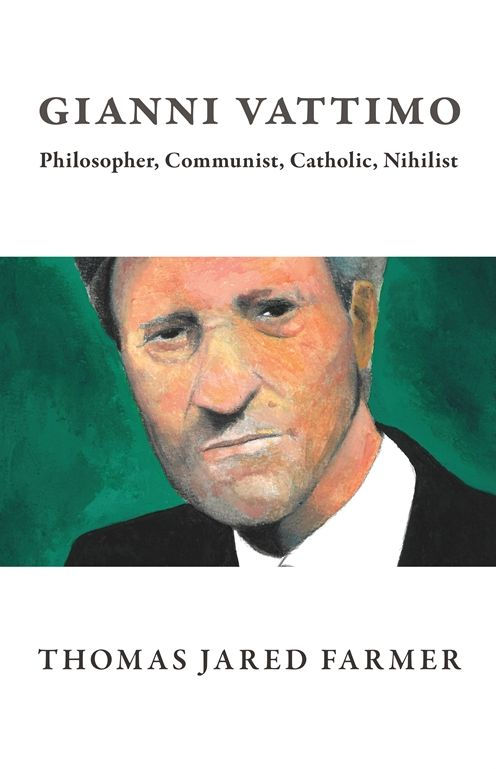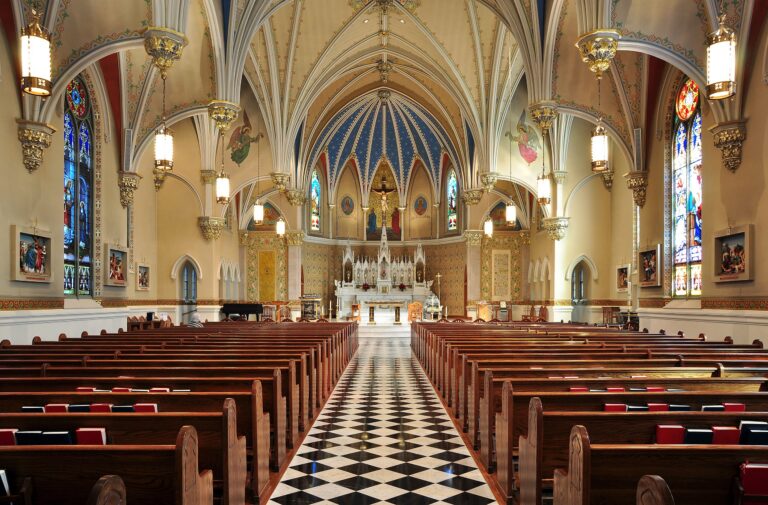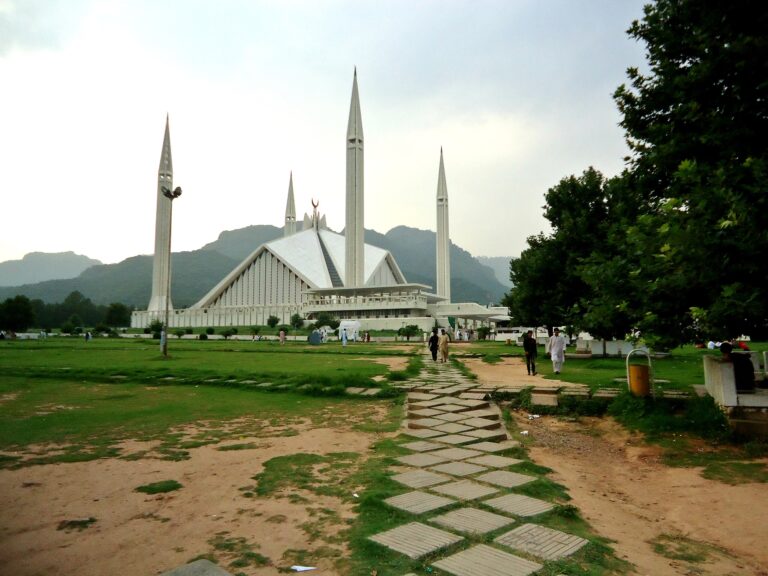
Wake: Why the Battle Over Diverse Public Schools Still Matters
Karey Harwood
This essay is an adapted excerpt from the third chapter of Karey Harwood’s recently published book, Wake: Why The Battle Over Diverse Public Schools Still Matters (Rutgers University Press, 2024). Reprinted here with permission from Rutgers University Press.
When asked to talk about why they value public education, most of my interviewees had a lot to say. Many had considered carefully their views on public education and had deeply held beliefs about its role in American society and our local community. For example, there was broad respect for the ideals of equality of opportunity, equality of access, and the ability of public education to provide social mobility. There was also full recognition that the United States falls far short of these ideals in many places and across many subgroups of students. Still, people articulated what was important to them about public education based on what they believed ought to be the case.
Education as a Constitutional Duty and Human Right
For many, there was a mixture of idealism and pragmatism in their views: public education should ideally provide equality of opportunity, yes, but also preparation for the real world. Racially and socioeconomically diverse schools, it was felt by many, are best situated to accomplish this goal. Across all my interviews, every one understood that public schools exist in order to provide an education to anyone who walks through their doors. In North Carolina, providing a sound basic education is, at least on paper, a constitutional duty. But opinions diverged over whether the delivery of academic content can be conceptually or practically disconnected from the civic dimensions of public education— what Dewey held together as the individual and social goods of public schools. Opinions also diverged over how well public schools are now succeeding at any of the aims attributed to them.
In early 2019, I interviewed Yevonne Brannon, a community leader who has been working for decades to support public education in Wake County and North Carolina. Of all the people I interviewed, Brannon spoke the most directly about education as a human right, deeming it foundational in the same way that health is foundational. It is the good that underlies other goods. Without an education, she explained, very little else is possible: “Human and civil rights are connected around education and through education.”
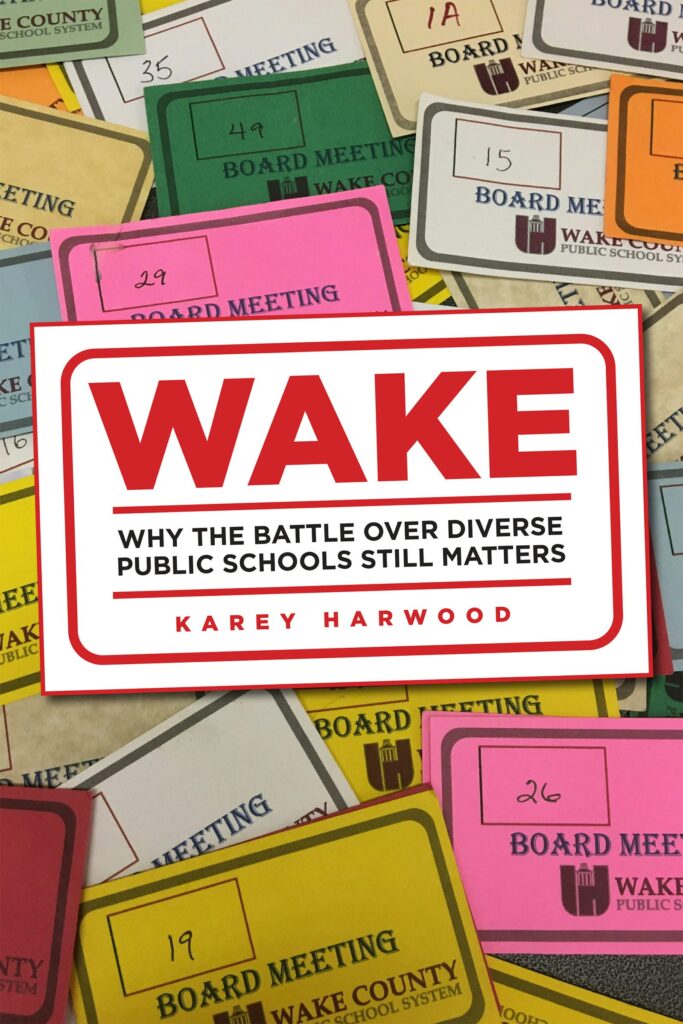
She described public education as the key to opportunity, pointing out that schools can do more than parents alone to broaden children’s horizons, to provide what parents cannot, to make up for disadvantages. In these ways, schools are a pathway, at least in theory, for social mobility. But more fundamental than advancement in a hierarchy was basic participation in society and participation in democracy. She emphasized that public school must be equally open to everyone, a point echoed by several of my interviewees.
The “Blueberry Story”
In fact, equal access was described by several people as the defining feature of public schools. “The most important values of public schools [are] that they accept every one,” said one parent activist. To explain this foundational belief, she and other interviewees simply referenced “the blueberry story” without elaboration. The blueberry story, I have learned, is a parable of sorts that telegraphs the message that a school cannot or should not be run like a business. I am unsure of the true origins of the blueberry story, but the version in circulation explains that unlike a successful ice cream business, which uses only premium ingredients and rejects subpar blueberries, public schools must accept all children. According to the story, a teacher admonishes a businessman:
“We can never send back our blueberries. We take them big, small, rich, poor, gifted, exceptional, abused, frightened, confident, homeless, rude, and brilliant. We take them with attention deficit hyperactivity disorder, junior rheumatoid arthritis, and English as their second language. We take them all. Everyone. And that is why it’s not a business. It’s school.”
The profit motive finds no foothold in this view of education. Instead, a different motive undergirds the teacher’s sense of duty: an implied commitment to the inherent, non-commodifiable value of all children and also, perhaps, an implied commitment to future generations and the shared responsibility of upholding human society. Alongside these idealistic visions of public education, several people talked about the role that diverse public schools play in preparing children for the real world, particularly through exposure to difference. This benefit was almost always framed pragmatically, as an aspect of their child’s preparation for adulthood that would more likely make them successful in life. Significantly, both white and nonwhite interviewees named this as a benefit. For example, an African American dad and community leader described diversity as an instrumental good, not merely an abstract good in itself:
“Not just diversity for diversity’s sake, but public schools prepare students for what the real world is like. The work world is the same. You’re in a public space, a public company, you’ve got to collaborate with folks that you may know, may not know. Don’t look like you, don’t have anything in common with you, but you’re here for a common goal or a common task.”
Similarly, an African American mom and community leader spoke of the benefits of diverse schools for her son:
“It helped him to be more engaging and acceptable of people of different cultures, races, and backgrounds as opposed to being in an isolated, segregated environment where you don’t have those kinds of kids. If you’re exposed to diverse backgrounds and cultures at an early age, that better prepares you for [a] global society, which is what we’re supposed to do.”
A white mom and activist likewise saw the value in diverse public schools and described the harmful consequences of avoiding diversity:
“Unless you want to live in a bubble, and you can, maybe this is a harsh term, you can protect yourself from dealing with people who are unlike you in whatever way. You are heading your children on a path that actually will hamper their success. There is so much value in understanding the other person’s perspective.”
Building on this point, several people drew a contrast between private and public schools, describing the diversity of public schools as an asset that was not typically replicated in a private school setting. Words like “bubble,” “silo,” and “gated community” were used to describe white families separating themselves from the rest of society.
Another divergence in my interviews surrounded the relative importance of academic achievement compared to the civic dimensions of public education. For example, one of my interviewees emphasized that public schools remain one of the only institutions in our society that bring people together into community and prepare them to be engaged citizens in a democracy. By contrast, some people believed it was unrealistic or inappropriate for schools to take on additional civic tasks, or at least not as important as student learning. A few people tied these points together, noting that the strength of our country depends on a well-educated workforce of engaged citizens. On the whole, everyone agreed on the primacy of providing a good education to students.
“A School within a School”: Facing the Problem of Racial Inequity
Of course, not everything was perfect during the “golden age,” a point that I felt was important to investigate more carefully for the sake of balance and thoroughness. More commonly, this phenomenon was referred to as “a school within a school.” This phrase describes the racial separation that exists inside a school building through academic tracking, self-segregation in social spaces, unconscious bias, and discrimination.
Indeed, many schools around the country, insofar as they have racially mixed student populations at all, replicate the pattern of having white students over-enrolled in honors and AP courses and Black and brown students over-enrolled in regular or remedial courses. U.S. public schools also suspend and expel Black and brown students at far greater rates than white students, significantly contributing to the school-to-prison pipeline and affecting who feels valued in the school.
In a nutshell, according to the people I spoke with, the racial separation of students inside Wake County’s public schools has unquestionably been a problem. However, no one deemed the “school-within-a-school” criticism to be a valid justification for ending the diversity policy or otherwise rolling back integration efforts system-wide. “The school-within-a-school criticism is absolutely justified,” said one parent, but “you don’t throw the whole thing out” because of its flaws, said another.
More specifically, this parent described the biases and processes that fed the “school-within-a-school” problem, including underestimating the abilities of children of color and a testing regime that sorts children by ability early and rigidly. Incidentally, a white mom and parent activist whom I interviewed shared similar observations. This person had taught high school in Wake County for a number of years and saw firsthand how tracking plays out.
So, given all these legitimate concerns— the underestimation, misidentification, missed opportunities, isolation, and more— why did my interviewees not agree with the critics of the diversity policy who wanted to retreat from the system’s integration efforts? There were myriad reasons, most of them flowing from a pragmatic commitment to improve an imperfect system, an informed consideration of their children’s best interests, and a long-range faith in incremental progress. The “school within a school” is, in fact, a problem and speaks to the incomplete nature of true integration, but diverse schools are still healthier schools.
Some changes to the school system, especially as we move into the 2020s, have been good. Foremost among the positive developments has been greater explicit and constructive attention to the school-within-a-school problem: “We’ve gotten to a point now, . . . where people, not just recognize it, but are ready to talk about it. And both teachers and students are asking questions about it.” Students are leading the way in conversations about equity through school equity teams. Different perspectives based on race, class, and personal experience with public education have brought greater awareness of the school-within-a-school problem and a willingness to confront it. Rather than abandoning the magnets, students and parents continually push to make them more inclusive and fair.
Secular Ideals and Religious Faith in Education
Without question, some of the people I interviewed articulated a faith in the secular ideal of equality of opportunity, which is broadly associated with the purpose of public education in the United States. There were also those who explained their commitment to equitable public education as a function of their religious faith. Even without reference to religion, some people reiterated the idea that schools are the place where lessons of equality are best learned. School is the “best learning laboratory” for teaching that most basic rule— that all people are created equal.
Idealism sometimes suffers the keenest disappointment, as reality so often falls short of the vision. However, idealism that sits alongside pragmatism, noticing and addressing problems, may be more durable. This approach does not jettison ideals so much as it appreciates the long game to get there. I believe this is an important distinction, as faith in the possibility of high- quality, integrated public schools is at an all- time low nationally, as is faith in the democratic ideal of equality. The challenges faced now by Wake County and districts across the country are formidable. The effects of the COVID-19 pandemic have only worsened the problems of public schools. Divisions are deep. Disillusionment is real. ♦

Karey Harwood is an associate professor of religious studies in the Department of Philosophy and Religious Studies at North Carolina State University. Her work focuses on questions of ethics and values in human reproduction, parenthood, and education.
Recommended Citation
Harwood, Karey. “Blueberries, Constitutional Values, and Educational Equality: Religious Activists on the Purpose of Public Education.” Canopy Forum, March 5, 2025. https://canopyforum.org/2025/03/05/blueberries-constitutional-values-and-educational-equality-religious-activists-on-the-purpose-of-public-education/.
Recent Posts

